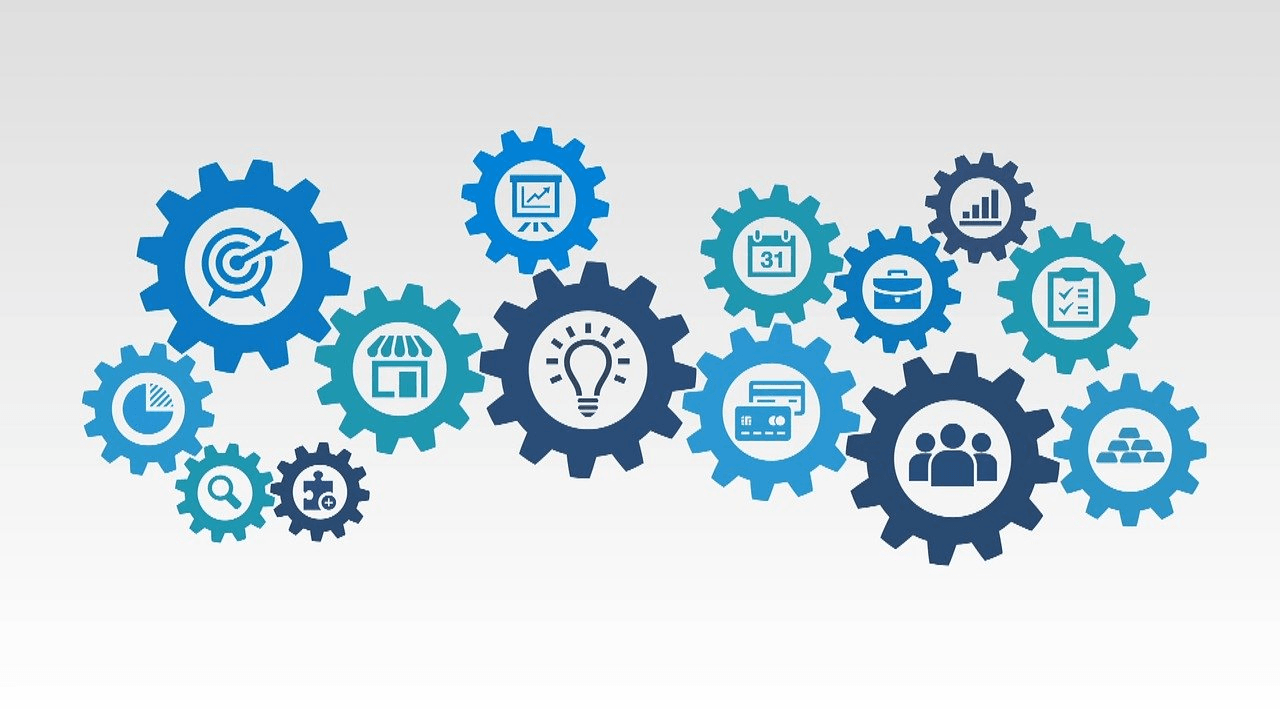Command & Control to People Centered Egalitarianism
3 tips to help with the change transformation
In today’s world, there is a significant amount of research knowledge available on the dysfunctional, negative impact that a ‘Command & Control’ leadership and culture philosophy can have on an organisation’s ability to create, innovate and respond well to customer and market needs. Hence, given the importance of having your customer insight and challenges at the heart of what you do, it would be reasonable to think that command and control philosophy would now be defunct in most workplace environments. Sadly, this is not the case and so the question becomes why do some many organisations still operate this way and what is stopping these organisations from moving to a more progressive egalitarian, people-centered approach?
Bnet.com defines command-and-control approach as:
…a style of leadership that uses standards, procedures, and output statistics to regulate the organization. A command and control approach to leadership is authoritative in nature and uses a top-down approach, which fits well in bureaucratic organizations in which privilege and power are vested in senior management. It is founded on, and emphasizes a distinction between, executives on the one hand and workers on the other.
Ken Blanchard states the following on egalitarian, people-centered approach:
People-centered leaders care about both people and results—they know the only way to get results is through their people. Great leaders realize that their number-one customer is their people. If they take care of their people, train them, and empower them, those people will become fully engaged and gung-ho about what they do. In turn, they will reach out and take care of their second most important customer—the people who buy their products or services— and turn them into raving fans.
When you compare the vast difference between the above, two philosophies, it would be fair to say that one of the key reasons that command and control type organisations remain command and control, is related to the significant level of change complexity. The amount of comprehensive, organisational activity which, is required to transform to an egalitarian, people-centered environment can be extremely complicated and simply too overwhelming for many organisations.
To follow are 3 tips to hopefully get you thinking about starter for ten, key aspects to consider and prioritise in your change transformation:
1) First & foremost: Board, CEO, people leader mindset, will & commitment
For any transformation attempt to stand a serious chance of success, it obviously starts with the Board and CEO or business owner having the clarity of need, will, mindset and commitment that an organisational-wide, people-centered approach has become fundamental to future business sustainability. From there, the priority needs to be all about working out an appropriate leadership strategy for the transformation which, includes identifying an ideal leadership capability profile. This profile needs to ascertain what future people-centered leadership language, expectations and behaviours will be required from all people leaders and then how to bring this profile approach to life. For example, this new profile might require leaders to hand over decision making to employees on how work processes and systems are developed, executed and improved. It might involve leaders engaging in collaborative conversations with their employees to better understand external customer insight and challenges, and then how to solve these challenges. Aligning all your people leaders in the new leadership approach profile will be your first, critical, tangible move in what will be a lengthy transformation process, particularly if there has been long tenure of the command and control approach. Through this key leadership alignment though, will come the ability to expediate certain ROI features of a people-centered work environment. For example, a command and control environment personifies a parent – child, directive type relationship between leader and employee in the workplace. Whereas, a people-centered environment can be characterised by mature, collaborative, adult to adult type relationships between leader and employee, whereby employees are much more capable of complex problem solving and making sound decisions. Hence, by firstly focusing on the transformation of your leadership approach at the organisation level, you expediate the employees’ trust and confidence that your leaders are open to collaborative, new ways of thinking and that leaders will empower and support employees to solve their own work problems and make their own work decisions. In addition, command and control leadership sometimes brings with it a high level of employee fear that they will blamed and reprimanded if mistakes are made and this is obviously a key blocker to employee creatively and innovation. Hence, by heavily investing upfront in transforming the leadership approach to people-centered, you can expediate building an employee culture of creativity and innovation which is aligned to your customer in-depth insights.
Something to note, most likely not all people leaders will make this transformation to a people-centered environment as moving from a command and control approach where there is an exceptionally high level of autocratic power for the leader, to then letting this power go can be very difficult for some leaders. There is nothing right or wrong about this, it is all about individual cultural fit in a workplace environment so just be aware that as part of making a transformation like this, there may need to be, ironically some tough conversations that need to happen with certain leaders.
2) Values & associated Behaviours
Once you have successfully executed on your leadership approach strategy, you have the right cultural fit leaders and your leadership capability at the organisational level is in a robust place, your next critical area of focus should be your employees, your people. The powerful psychology behind employee behaviour in a command and control environment (particularly one with long tenure) is a tricky beast to navigate when wanting to transform. To go from a ‘closed door’, ‘do as I say without question’, and having all aspects of the work process and activity intensely controlled by the leader to then expecting employees to think for themselves and make their own work decisions is gruelling and arduous at best. Hence, like your new leadership capability profile, you will need to create a new narrative of employee language, expectations and behaviours that supports your employees to think and behave in a fundamentally, different way.
One way to do this, is too rethink / redesign your organisation’s values. When treated with respect and due diligence, your values & associated behaviours are extremely powerful in aligning your employee behaviour, to bring to life a core working approach which, supports the execution of your strategy. When you bring to life the value behaviours through People & Capability processes and systems such as leadership capability, recruitment, recognition, succession, reward and performance management, you have organisational wide understanding of what is acceptable behaviour and what is not. Imbedded value behaviours plus leadership capability, leads to an advanced self-managing, empowered type workplace where adults are treated like adults and therefore act like mature, professional adults capable of complex problem solving and making sound, smart decisions.
Again, something to note, like the building of new leadership capability whereby there may be the loss of some leaders, potentially there may also be the loss of some employees that are simply not that comfortable in this new, empowering, people-centered world. However, in my experience (and the fact that it is not rocket science) there is far more risk of loss of leaders through taking away their autocratic power than risking loss of employees by giving empowerment and work decision-making ability.
3) Workplace Culture
Once there is a leadership capability mindset and an organisational employee mindset in place, which has embraced a people-centered approach (versus command and control) you have the key ingredients to begin building together a workplace culture that brings sustainability to this brave, new world. Your leaders and employees can start engaging in two-way conversations to work out collectively what new ways of working are required to support your future business strategy goals. For example, do you need better collaboration across the different departments of the organisation and if so, how can you achieve this? Do you need to instil an internal customer mindset across the organisation that allows for employees to better understand the critical part they play, who they benefit and to what end? Do you need to tie process management together with continuous improvement mindset to ensure fit for purpose, relevant processes that robustly recognise the external customer voice? Is your internal communication strategy hitting the mark in what people want to, and need to hear about, does it spark innovation discussions, does it celebrate wins and gain that elusive buy-in on the future direction of the organisation? These are all clever, value-adding, two-way conversations you can begin to have once you have transformed the command and control, autocratic approach into a far more sophisticated, people-centered, innovative workplace environment.
There is no denying that to successfully transform from a command and control led environment to a people-centered led organisation it will take time, massive skillset, detailed planning, significant dedication, resource and oodles of courage. I would strongly suggest that if you are considering this type of seismic change that you find other organisations that have been successful in their change endeavour and learn everything you can about their journey, both their success and their failures. I would also strongly recommend that you invest upfront in ensuring that you have either appropriate in-house resource or are externally partnering with the right kind of expertise and skillset that can support the varying, complex aspects of your transformation.
Shifting to a people-centered philosophy and work environment has so many benefits for both employees and employers. Whether it is better execution of your strategy, creating a robust platform for innovation, gaining a more in-depth understanding of customer insight or retention of your best and brightest through an inspiring, fun work environment, it just makes sense and is definitely worth the investment. For those of you out there that have the influence and decision-making ability to decide what kind of workplace philosophy your organisation embraces, I have this to say to you. It does not take hundreds of scholarly research articles to support the view that life for both employees and leaders is much more enjoyable, satisfying and productive in a people-centered workplace environment. It also does not take meta-analysis, big data and empirical research to understand and clarify that people are far more capable of being customer focussed, creative and innovative when they are treated as equals, mature adults and professional human beings. All it takes is for you to ask yourself this one question, what kind of work environment would enable your ability to achieve beyond the call and to be the very best kind of you?
Mary Buckley






All Rights Reserved | Acentia




